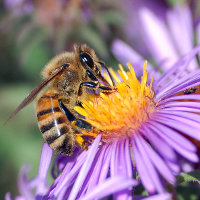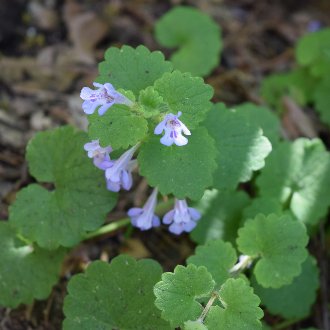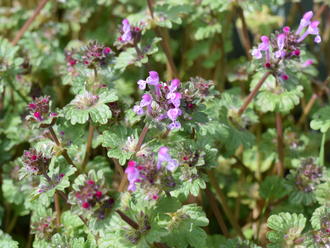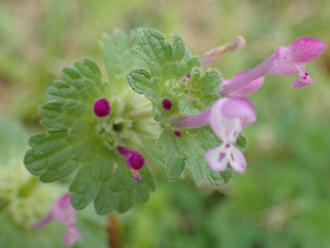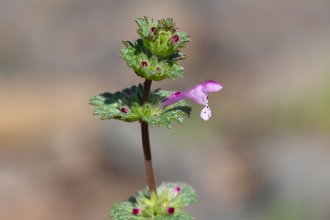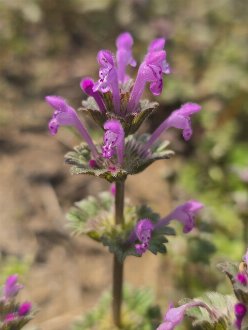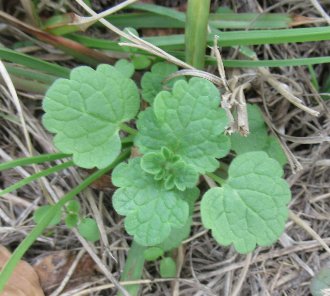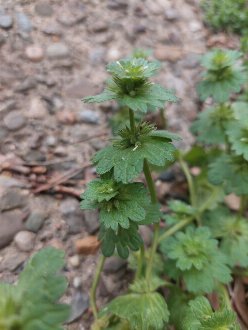Henbit Deadnettle (Lamium amplexicaule L.)
Also known as henbit dead-nettle, common henbit, greater henbit.
↑Summary
A low-growing, sprawling annual in the mint family. Native to Europe, Asia, and North Africa, and introduced in North America.
↑Range - Expand
| Legend | Color |
| Introduced | |
| Introduced or Not Present |
This tentative map is based on our own research. It may have limited data on Canada and/or Mexico, and there is some subjectivity in our assignment of plants as introduced vs. expanded. Read more in this blog post.
Although this plant occurs somewhere in each of these regions, it may only occur in a small part of some or all of them.
↑Similar Plants
↑Habitat
Henbit occurs on sunny sites where fertile soil has been exposed from fall into winter. It is mostly found in anthropogenic habitats, especially areas where the soil is tilled, cultivated, or otherwise disturbed or exposed, including pasture, cropland, gardens, lawns, and roadsides.
It cannot survive repeated mowing, but it is able to complete its life-cycle in managed lawns by blooming and setting seed before mowing starts. It is usually found mostly in the margins of lawns, such as up against buildings, near sidewalks, or where the curvature of land has caused mowers to cut the vegetation too low and expose the soil.
Henbit often occurs together with purple deadnettle (Lamium purpureum), but purple deadnettle tolerates slightly more shade, but also demands more consistent moisture.
↑Life Cycle
Primarily a winter annual.
Establishes a fairly shallow and delicate central taproot, and spreads out in a mat-like habit, sometimes rooting at nodes, but not as extensively as with many mint-family plants.
Begins flowering in late winter to early spring. Usually goes dormant in the summer but can continue blooming into the fall.
↑Uses
Lamium amplexicaule has some traditional medicinal uses, including to treat diabetes.
Although other Lamium species are sometimes cultivated as garden plants, this one is usually only viewed as a weed in gardens.
↑Related Plants
Several different Lamium species occur in North America; all are introduced. This species is the most widespread, and in many areas the most common. purple deadnettle (Lamium purpureum) is also widespread and common, L. album and L. maculatum slightly less so.
There are some members of the broader Lamioideae tribe North America, such as Warnockia scutellarioides and the Brazoria sp, all native to Texas, but most related plants in this tribe, such as Ballota nigra, Chaiturus marrubiastrum, and Galeopsis sp., and Leonurus sp., are introduced.
↑Links & External Resources
• Lamium amplexicaule (Henbit) | Illinois Wildflowers (About This Site)
• Lamium amplexicaule (Henbit Deadnettle) | USDA PLANTS Database (About This Site)
• Lamium amplexicaule | Go Botany (About This Site)
• Lamium amplexicaule | Biota of North America Project (BONAP) (About This Site)
• Lamium amplexicaule | NatureServe Explorer (About This Site)
• Lamium amplexicaule | Missouri Plants (About This Site)
• Henbit | Maryland Biodiversity Project (About This Site)
• Lamium amplexicaule (Henbit) | Minnesota Wildflowers (About This Site)
• Lamium amplexicaule L. (Henbit, Henbit Dead-nettle) | Digital Atlas of the Virginia Flora (About This Site)

